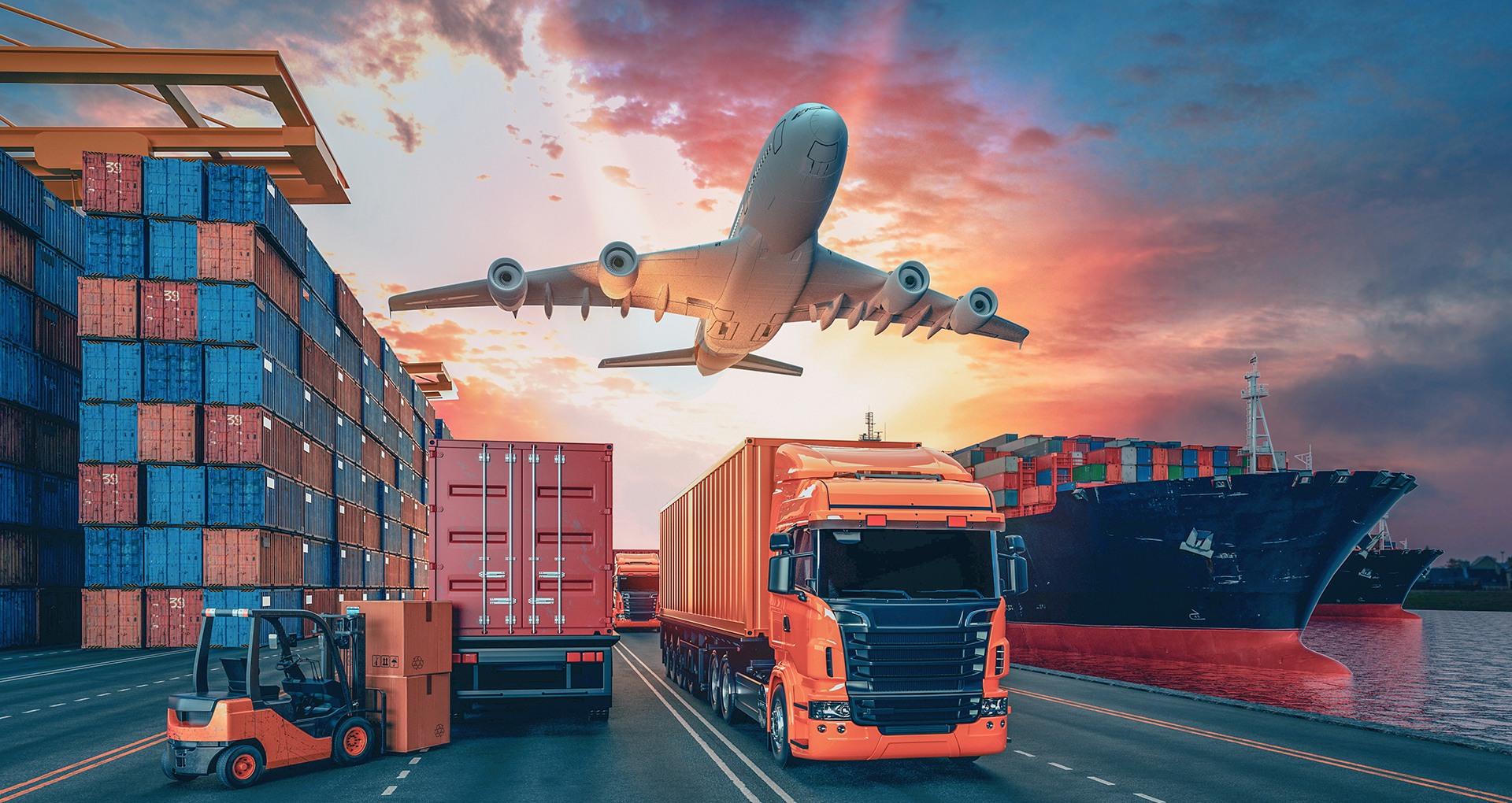Share
In the global logistics sector, reliability isn’t just a differentiator, it’s the baseline. For decades, the most established delivery providers have built their reputations on precision and consistency. But in today’s experience-driven market, those standards are rising. Customers expect deliveries to arrive on time, every time. And when they don’t, the impact is immediate: lost revenue, diminished trust, and customer churn.
While traditional logistics systems have long incorporated automation and predictive planning, the next frontier is proactive decision-making—enabled by AI.
Here’s how AI-powered fleet and delivery management is transforming On-Time Delivery (OTD) and helping logistics leaders stay ahead:
1. Real-Time Routing That Anticipates, Not Just Reacts
Dynamic conditions—traffic congestion, road closures, inclement weather, and customer availability—can turn even the best-planned routes into logistical challenges. AI-enhanced routing systems take this variability in stride by:
- Continuously learning from GPS data, historical delays, and real-world road conditions
- Predicting potential slowdowns before they occur
- Recommending optimized detours or delivery reordering based on urgency, location, or load
The result? Fewer missed windows, smoother daily fleet operations, and higher customer satisfaction.
2. Smarter Last-Mile Adaptation
The last mile remains the most complex and cost-intensive segment of the delivery chain. Often, packages arrive on time to the vicinity—but not the doorstep. Issues like gated access, unavailable recipients, or route delays all contribute to “micro disruptions.”
AI helps mitigate these issues by:
- Analyzing last-mile exception patterns to identify high-risk failure points
- Factoring in customer preferences (e.g., contactless delivery, signature required) for more precise routing
- Triggering real-time updates to customers with personalized ETAs and actionable instructions
Even if delivery timing shifts slightly, proactive communication creates a more seamless and satisfying experience.
3. Enhanced Transparency Builds Trust—Even When Delays Occur
Customers don’t just want tracking—they want clarity. Vague or delayed status updates can erode confidence quickly, especially when timing is tight.
AI-powered communication platforms close that gap by enabling:
- Context-aware updates that explain the cause and resolution of delays
- Delivery notifications aligned to customer behavior and preferences
- Interactive alerts that allow customers to make real-time decisions (e.g., change delivery location or time)
This level of visibility transforms potential friction points into relationship-building moments.
4. Turning Exceptions into Continuous Improvement
Every failed delivery, reroute, or delay holds operational insights. Instead of simply logging exceptions, AI systems can learn from them by:
- Identifying recurring warehouse, route, or timing issues
- Surfacing trends tied to specific geographies, delivery types, or driver behavior
- Informing future resource planning, coaching, and even customer experience design
This feedback loop not only improves fleet performance—it drives smarter CX strategy from the ground up.
5. Scalability During Peak Periods Requires AI at the Core
Promotional events, holidays, and weather events drive surges in volume. Manual systems often struggle to scale quickly or efficiently—but AI doesn’t.
AI enables logistics operations to stay agile during peak demand by:
- Forecasting regional spikes based on historical and real-time data
- Auto-adjusting driver schedules and delivery windows based on load
- Dispatching dynamically to prevent bottlenecks before they form
This ensures that service quality remains consistent—even when the volume curve surges.
Final Thoughts: AI Makes On-Time Delivery a Scalable Promise
Today’s logistics providers are navigating an increasingly complex and competitive environment. Infrastructure and legacy systems are no longer enough. AI brings the intelligence needed to anticipate, adapt, and deliver—at scale.
When a package arrives exactly when expected, it’s more than a transaction. It’s a moment of trust fulfilled. And for logistics leaders, that trust is the ultimate brand currency.
In an industry where “on-time” is no longer a differentiator but a requirement, AI is becoming the key to maintaining loyalty, operational efficiency, and long-term growth.






